I was still riding high from exploring the Titan I ICBM 2B missile silo launch complex when I drove through Denver. I stopped to grab a quick lunch and then made my way to Loveland to check out the ruins of the Amalgamated Sugar Company White Satin Plant, one of Colorado's many abandoned sugar mills.
Northeastern Colorado was once the site of the thriving beet sugar industry. Tariffs enacted in the early 1900s bolstered the beet sugar companies by artificially raising the prices of imported cane sugar. The Sugar Act of 1948 further aided beet sugar manufacturers by setting quotas for sugar imports and providing subsidies to domestic producers.
After decades of growth, Colorado's beet sugar industry began a sharp decline in the mid-1970s due to a concatenation of circumstances. In late 1974 congress allowed the Sugar Act to expire, removing the government-sponsored advantage that had so benefited the beet sugar producers.
The late 1970s was also a time when the use of sugar in the United States dropped dramatically due to increased use of alternatives such as fructose and artificial sweeteners. The resulting surplus in sugar inventories and competition from cane sugar producers led to falling prices that ate away at profitability. To compensate, many plants were closed in the latter half of the 1900s.
One of the roads alongside the abandoned sugar mill was under construction, and I knew it would be difficult to pass unseen through the site.
I decided I would walk through the grounds as though I had a reason to be there, and if anyone asked me to leave, I would.
I was dying to explore the abandoned buildings, but every entry point was spray-painted with "No Trespassing" in big bold letters and I'd seen a pickup truck drive through the lot and park next to one of the buildings, so I knew there was a good chance I'd be seen.
I wandered the grounds and settled for photos of the exteriors of the crumbling buildings. One structure was entirely gutted, so I walked through it.
On the other side was a train track. Large sections of concrete marked stalls from which sugar was loaded onto freight trains.
 |
| The heap of snow inside the train car almost resembles sugar |
A rusting metal bridge contained a conveyor belt for moving beets from the storage building to processing facility.
Large sections of the outer wall of one of the structures had fallen away, exposing the interior.
Several smaller abandoned buildings also occupied the grounds.
The smallest contained a little office.
Another appeared to have once functioned as a workshop.
A series of railroad tracks crossed the property, where trains hauled the refined sugar out of the facility for distribution.
How does beet sugar differ from cane sugar, and which is better?
Both cane and beet sugar are 99.95% sucrose, making them nearly identical. The .05% difference consists of traces of minerals and proteins.
According to chsugars.com,
Cane sugar contains trace minerals that are different from those in beet sugar, and it’s these minerals that many experts say make cane sugar preferable to use. As professional bakers have long noticed, cane sugar has a low melting—point, absorbs fewer extraneous and undesirable odors, blends easily and is less likely to foam up. And that can be very important when you’re caramelizing a syrup, making a delicate glaze, baking a delicious meringue, or simmering your family’s favorite jam recipe.Beets grow in more diverse climates and can be farmed in 12 states, while only 4 states have climates capable of supporting sugar cane.
Harvesting methods differ too. Cane fields are torched to get rid of the leaves and then the stalks are chopped down, while sugar beets are uprooted. Due to the different harvesting methods, beets must be replanted every year; cane regrows on its own.
Beet sugar is typically cheaper to produce because its refining process is less complex than that of cane sugar.
In recent years the beet sugar industry has seen a dramatic shift toward using genetically modified crops. In 2008 Monsanto introduced "Roundup Ready" GMO sugar beets, which are genetically engineered to withstand exposure to glyphosate herbicide. Most cane sugar is not GMO, but since 2010, 95% of sugar beets grown in the US are Monsanto's GMO strain.
Monsanto has so cornered the seed market that non-GMO beets are nearly impossible to come by. In 2010 a federal judge declared Roundup Ready sugar beets illegal because Monsanto had not performed the necessary environmental impact studies. But non-GMO beets had already become so rare that the USDA told farmers to ignore the ruling in order to avoid a probable 20% decrease in crop yields.
Nowadays, 55% of sugar sold in the US is beet sugar. If a package isn't specifically labeled as cane sugar, it probably contains beet sugar, which means it is almost certainly GMO.
After my relatively short time in Loveland's abandoned sugar mill, I got back on the road and headed west toward Utah, where I would spend the night in the incredible ghost town of Cisco, which quickly became one of my favorites.
If you enjoyed this article, feel free to share it on Facebook. While you're at it, please subscribe to Places That Were and follow me on my social media sites:
Facebook: http://www.facebook.com/placesthatwere
Google+: https://plus.google.com/u/0/+JimSullivanPlacesThatWere/posts
EyeEm: https://www.eyeem.com/u/placesthatwere
flickr: https://www.flickr.com/photos/placesthatwere/
Twitter: https://twitter.com/placesthatwere/
Youtube: https://www.youtube.com/jimplicit
Instagram: http://instagram.com/theplacesthatwere
Tumblr: http://placesthatwere.tumblr.com/
Thank you!

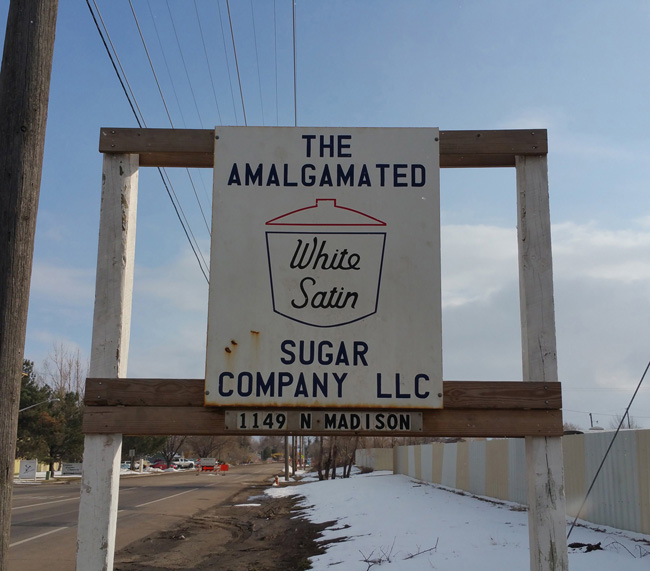
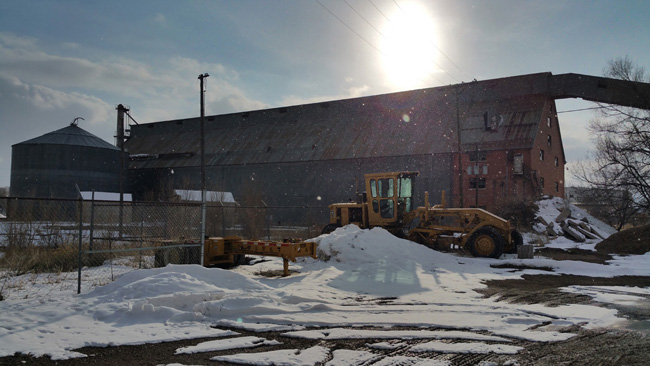
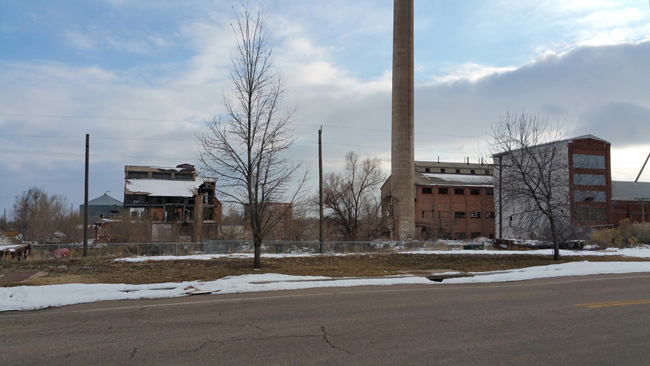
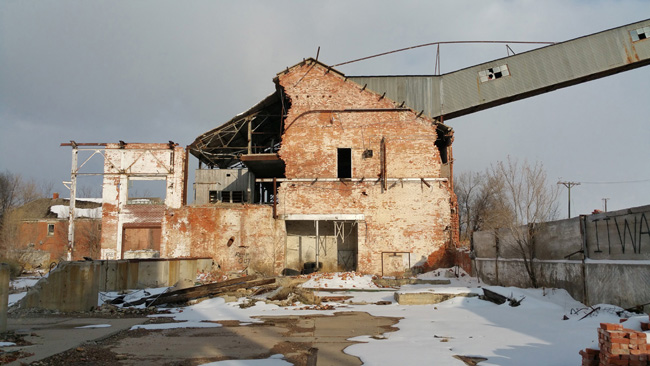
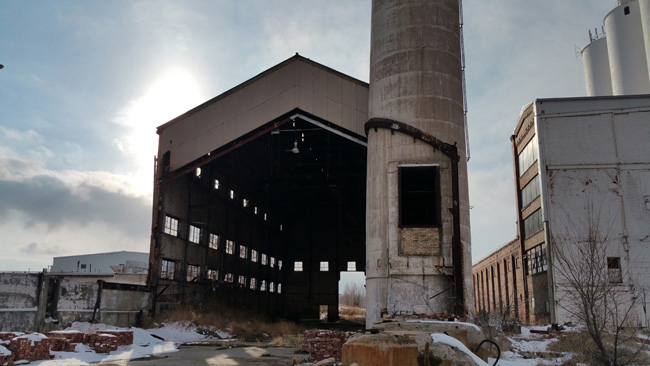


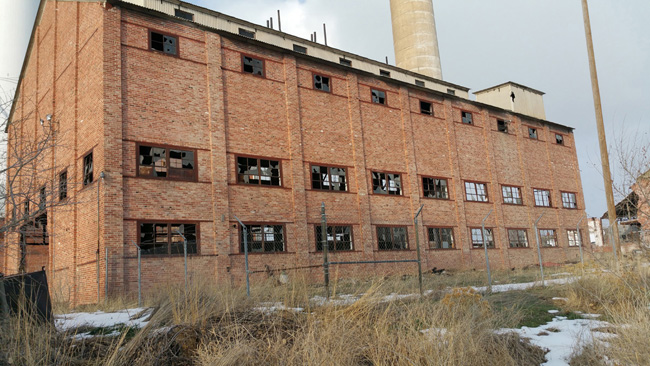
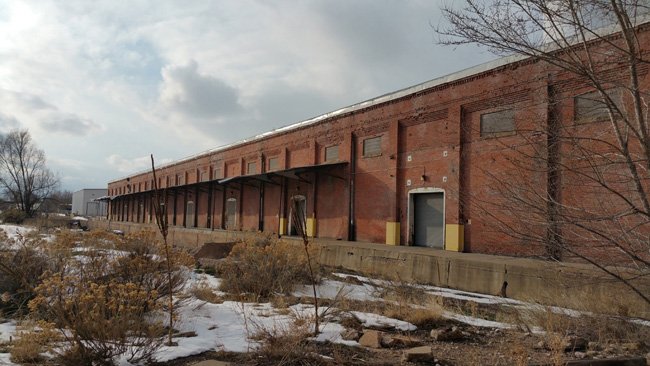
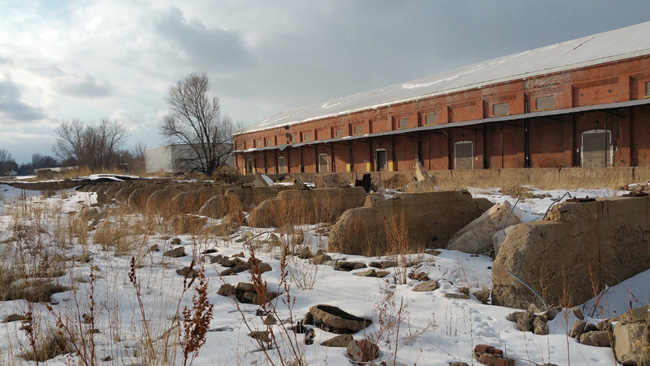


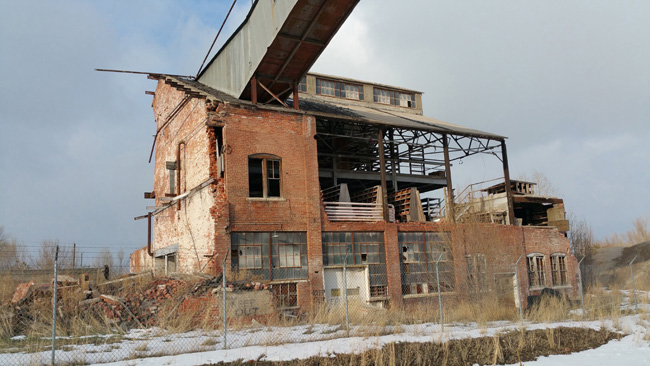

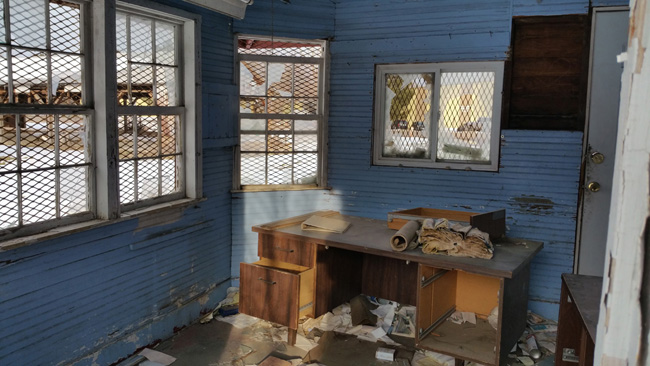

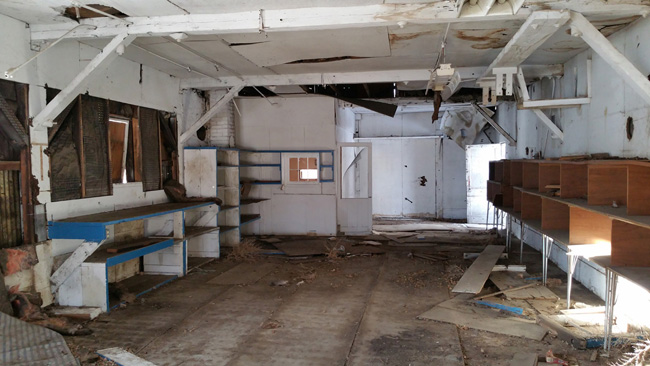
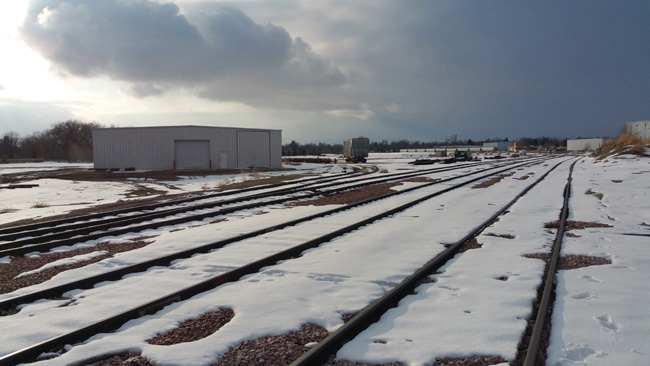

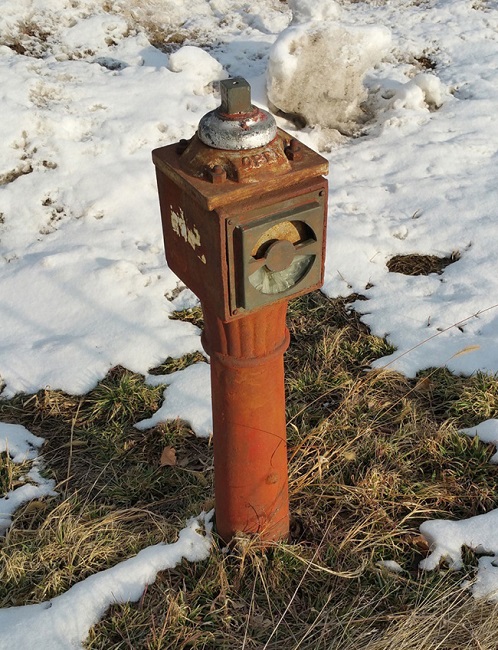
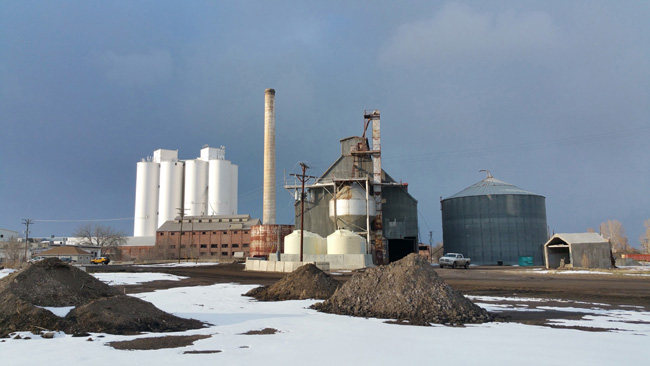
Very interesting!
ReplyDeleteI hate the fact that GMO's are taking over everything.
Though Monsanto tries to "reassure" that it is safe, their history is riddled (mired?) in terrible chemicals that were also deemed "safe". Ha.
And frankly, I don't know how folks get past the fact that you are DRENCHING a plant in a chemical that is a deadly poison. Eat that? I think not. Thankfully, more and more people are voting with their dollars---the only way to defeat this.
Enough %itching.
Have a great week, kiddo
I couldn't agree more, Sue. Monsanto has repeatedly demonstrated its lack of regard for consumers, farmers, and the environment. Even if GMOs are completely safe to eat (which I'm not convinced they are), the lack of genetic diversity is a huge problem. It eliminates natural selection, leaving the entire population of crops vulnerable to a pest or blight that finds a weakness to exploit.
DeleteIt turns my stomach to think of all the pesticides and herbicides that have likely been absorbed into the produce we consume.
Saturating fields with herbicides may kill most of the weeds in the short-term, but glyphosate-resistant "super-weeds" are already emerging, just as overuse of antibiotics brings about drug-resistant infections.
Voting with our dollars is the only way to force change. I know too many people who speak out against the likes of Monsanto, yet continue to support their business by buying their products.
Have a great weekend too, Sue!
If it's pesticides that you're worried about, you should be all for GMO crops and against those labeled organic. No, I'm not joking. Roundup isn't harmful to humans and is very effective, so they don't need to use as much of it. Organic crops are limited to some less effective types of pesticides and so they use way, way more. If you buy organic please wash them extremely well. Meanwhile, even if you are someone that thinks that GMO crops are somehow inherently dangerous (they're not) keep in mind that the sugar itself can't be said to be GMO or contain any GMO product - there's simply no genetic material left in the sugar.
DeleteGetting off my soapbox... this is a great blog and I'm so glad you have taken the time to post these wonderful pictures and descriptions. I've been working my way through all day and having a lovely time.
Thank you so much, Steven! I'm glad you're enjoying the blog.
DeleteAs for Roundup, there seems to be a lot of conflicting information about whether or not its ingredients pose a health hazard to humans. This has been the case with many substances (tobacco, thalidomide, asbestos, etc) that have later been proven dangerous. I'm not saying that Roundup is definitely hazardous, but I'm not ruling it out. The effects of GMOs on genetic diversity is another major concern. I'm not saying Roundup and GMOs are 100% bad, but there are reasons to be concerned about their safety and effect on the ecological balance.
"Both cane and beet sugar are 99.95% sucralose"
ReplyDeleteSlight typo, they are sucrose. Sucralose is Splenda.
Thank you for pointing that out. I've corrected it.
DeleteThanks for the awesome posts! I grew up in Arizona and currently live in Colorado, so its been fun finding out about interesting places in states that I thought I knew well. Safe travels!
ReplyDeleteRight on! Thanks for checking them out! Arizona and Colorado have been some of my favorite states to explore. So many amazing places there.
Delete!!!
ReplyDeleteDid you know that the amalgamated sugar factory is now back up and running? It is not abandoned anymore.
ReplyDeleteI had no idea. Did they build new structures, or did they renovate the existing ones?
DeleteAmalgamated never stopped. This Loveland facility was Great Western Sugar. It opened around 1906. Loveland closed operations in 1985 when Hunt Brothers went bankrupt. The storage buildings were sold to Amalgamated (then in Utah, now in Boise) and were being used recently. The rest of the Loveland facility was sold to private parties for salvage. Those people are the ones who try to keep out trespassers.
DeleteOh, wow! I randomly came to this page after reading your adventures in Model, CO. I worked on the other side of Madison Ave after I graduated high school. I used to cut through the field of this sugar plant to pick up lunch. Thank you for the bringing back those memories!
ReplyDeleteGlad I could bring back some memories!
DeleteI use to work for amalgamated sugar. the facilities with their name on them in colorado were originally great western facories. when great wetern closed them, amalgamated sugar purchased the silos and warehouses. in most case they did/ do not own the "plant" portion of the property. they have plants in idaho and probably still do ues thee silos and warehouse at this site. Im not even sure who owned the property where most of your pictures were taken, but i was my understanding that that they would not have been very excited for you to be there. lol
ReplyDeleteThanks for the information. I was careful to stay out in the open so they could see that I wasn't there to cause trouble and could easily kick me out if they wanted to. Neat place. I would have loved to see the inside of those structures.
DeleteI believe there were a lot of rumors as to what the Loveland sugar property was.I believe the Police raided the place looking for drug activity, which set off a hostile reaction from the owners, who just wanted to be left alone.
ReplyDeleteDid that happen after the sugar mill closed and had been sitting vacant for a while?
DeleteIt was long after the place closed and because of rumors.
DeleteMadison Ave., the street next to plant had giant tank (bin) of molasses collapse in the 90's and flooded the area with the brown, gooey stuff.
ReplyDeleteThat must have been crazy to witness!
DeleteI think it was in the winter.
ReplyDeleteI am filming a movie that requires some empty industrial looking scenery. Has this place been demolished? Are there still parts of the old factory that are not renovated? How sketchy would it be to check it out?
ReplyDeleteI'm not sure about the current state of the property, but I heard it might be in the midst of renovations.
DeleteIt is Locked down, i tried to get pictures for a class and was told no t that they do do mining there and the public is not allowed inside any longer
DeleteThank you for sharing these pictures and tidbits! My great-grandmother used to talk about her father working here, so I always wondered what it was like.
ReplyDeleteCool! Did your great grandmother have any interesting stories?
DeleteI currently live on Madison Ave in Loveland about 10 blocks north of this place. I always see activity and trucks over there but it is not clear what they are doing. I've always wanted to go over and check it out but it's always full of workers now.
ReplyDeleteCool. But you didn't mention or talk about the It Was Sugar Stupid sign on the roof. It's the most noticable thing about this place, and the back story is just as fascinating.
ReplyDeleteFrom the pictures, it looks like there was snow on the roof and the sign wasn't visible. "It was sugar stupid" is painted on the roof of one of the buildings. The cops arrested the owner during an attempted drug bust because they thought they found meth. It was a jar of sugar.
DeleteI was the manager of that facility when the raid went down they had snipers a group of what appeared to be swat by the old lab they tried to breach the door it was quite comical
ReplyDeleteGreat article. I came across this article because I wanted to know who actually owned it. I've lived in Loveland since 1990 and saw the steel molasses silo actually buckle inward due to the vacuum effect as the molasses leaked out, fascinating sight. Now, over thirty years later I live just a couple of blocks away from it. There's definitely vehicle traffic coming and going, but the buildings are only becoming more dilapidated as the years go by. One year, maybe 2007(?) we had several large snowstorms back to back where the city used bulldozers and dump trucks to clear the streets. They used this lot to dump all the snow. I never did understand why someone wrote on the side of the building, "IT'S SUGAR STUPID." Poor guy has a serious attitude problem. He must be a very unhappy person.
ReplyDelete